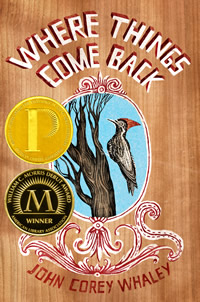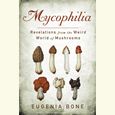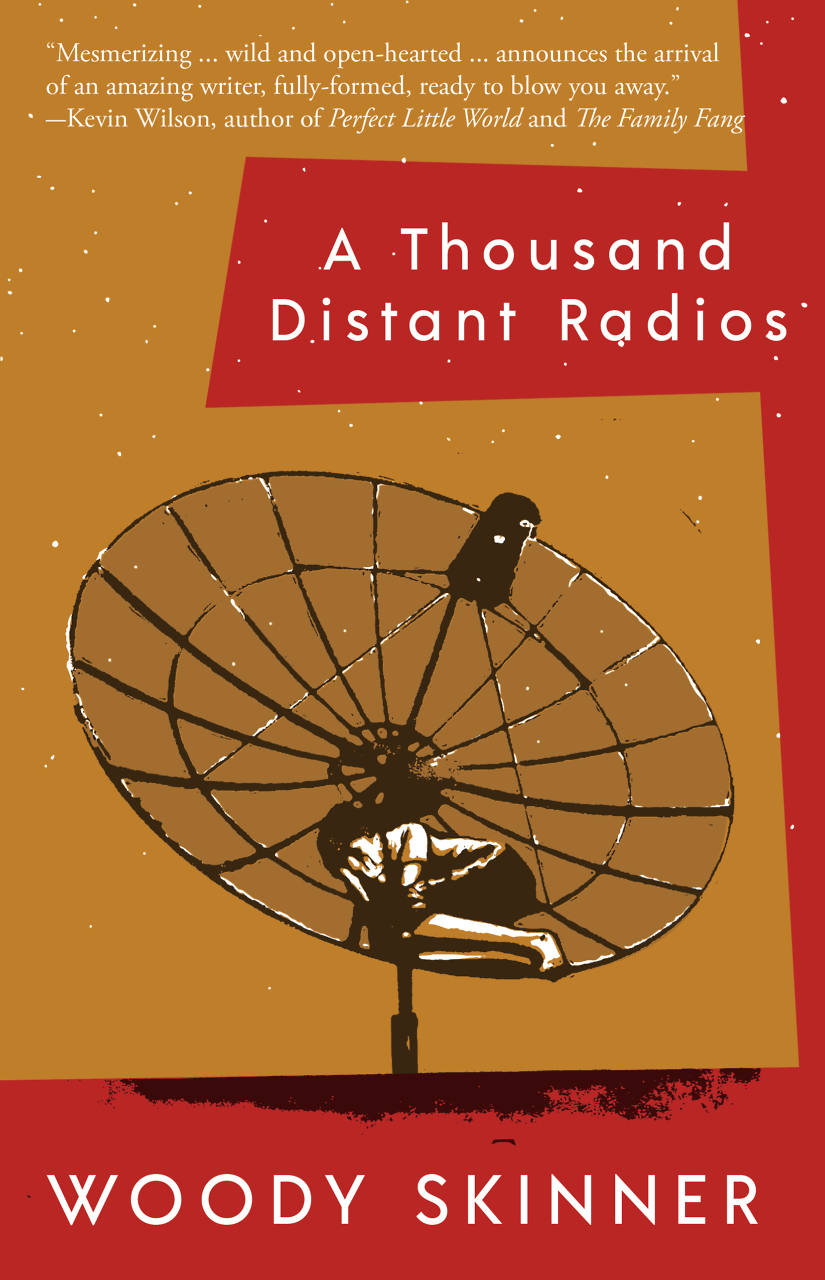The Lord God Bird
John Corey Whaley’s award-winning debut novel features a rare bird, teenaged angst, religious mania, and lost children
”Being seventeen and bored in a small town, I like to pretend sometimes that I’m a pessimist,” says the narrator of Where Things Come Back. “Pretend” is the operative verb: in truth, Cullen Witter is an angst-ridden idealist who shares a worldview with Holden Caulfield. He dreams of a life beyond Lily, Arkansas, and keeps a list of the titles of books he wants to write someday. (One example: #73: You May Feel a Slight Sting.) He dreams of Ada, a beautiful girl who is so cursed that every boy she goes out with ends up dead or worse. He is obsessed with zombies. He loves his remarkable little brother, Gabriel, and his handsome, gentle, best friend Lucas. And like everyone else in town, he’s both sickened and amused when quiet Lily becomes a tourist mecca after an ornithologist spots a giant woodpecker, long thought to be extinct and thus dubbed the Lazarus bird, in the swamps outside town. “Lily’s first annual Woodpecker Festival made me want to throw up in my mouth a little,” Cullen says.
Then, without warning, Gabriel disappears, just as suddenly as the Lazarus bird reappeared. “When one enters his kitchen to find his mother, father, and best friend all seated in front of a stack of uneaten pancakes, he knows that something strange has happened.”
 In an alternating narrative Where Things Come Back also includes the story of Cabot Searcy, a slacker college student in Atlanta, and his connection with the mysterious Book of Enoch and strange suicide of Benton Sage, an evangelical youth who has lost his faith. The twisting path Cabot follows from Benton’s death leads first to God and eventually to Lily, Gabriel, and the now world-famous Lazarus bird. “Everything,” Cabot thinks, “had, in some way, led him to some nothing town where, as it seemed, things come back from the dead, mistakes could be rectified, lives could be started over.” As Kirkus Reviews noted, “In a build-up that explores the process of grief, second chances and even the meaning of life, Cullen’s and Cabot’s worlds slowly intersect and solve the mystery of Gabriel’s disappearance in this multilayered debut for sophisticated readers.” Like the Lazarus bird’s second chance at existence, Cullen and his dreams also have a chance for resurrection.
In an alternating narrative Where Things Come Back also includes the story of Cabot Searcy, a slacker college student in Atlanta, and his connection with the mysterious Book of Enoch and strange suicide of Benton Sage, an evangelical youth who has lost his faith. The twisting path Cabot follows from Benton’s death leads first to God and eventually to Lily, Gabriel, and the now world-famous Lazarus bird. “Everything,” Cabot thinks, “had, in some way, led him to some nothing town where, as it seemed, things come back from the dead, mistakes could be rectified, lives could be started over.” As Kirkus Reviews noted, “In a build-up that explores the process of grief, second chances and even the meaning of life, Cullen’s and Cabot’s worlds slowly intersect and solve the mystery of Gabriel’s disappearance in this multilayered debut for sophisticated readers.” Like the Lazarus bird’s second chance at existence, Cullen and his dreams also have a chance for resurrection.
The ambiguous ending of Where Things Come Back has been widely debated. Whaley told School Library Journal that he deliberately left the ending open to interpretation because he wanted to engage readers’ own experiences with hope and second chances: “Maybe that sounds cheesy and corny, but that’s why I wrote it the way I did.”
 Whaley, twenty-eight, has been writing fiction since he was eleven but never finished a novel until he became inspired by an NPR segment on reports from central Arkansas that the ivory-billed woodpecker, believed extinct, had been spotted in the Cache River wilderness. Ultimately, Whaley notes on his website, the woodpecker’s role in the drama is relatively minor. “What the novel is really about is a teenage boy who just so happens to have been raised in a place he absolutely hates with a town full of people he’d rather not know.” (This is a fate Whaley, a former middle- and high-school teacher from tiny Springfield, Louisiana, shares with his protagonist.)
Whaley, twenty-eight, has been writing fiction since he was eleven but never finished a novel until he became inspired by an NPR segment on reports from central Arkansas that the ivory-billed woodpecker, believed extinct, had been spotted in the Cache River wilderness. Ultimately, Whaley notes on his website, the woodpecker’s role in the drama is relatively minor. “What the novel is really about is a teenage boy who just so happens to have been raised in a place he absolutely hates with a town full of people he’d rather not know.” (This is a fate Whaley, a former middle- and high-school teacher from tiny Springfield, Louisiana, shares with his protagonist.)
When it was published in hardcover last year, Where Things Come Back won the prestigious Michael A. Printz Award for young-adult literature and the American Library Association’s William C. Morris Debut Award; the National Book Foundation also named Whaley a 5 Under 35 author, the first writer of young-adult fiction to win that distinction. Whaley’s at work on a second young-adult novel, though no release date has been set but last month Whaley told Story Carnivores that it would include “more humor and less missing sibling.”
Whaley will read from the new paperback release of Where Things Come Back at the twenty-fourth annual Southern Festival of Books, held October 12-14 at Legislative Plaza in Nashville. All events are free and open to the public.


